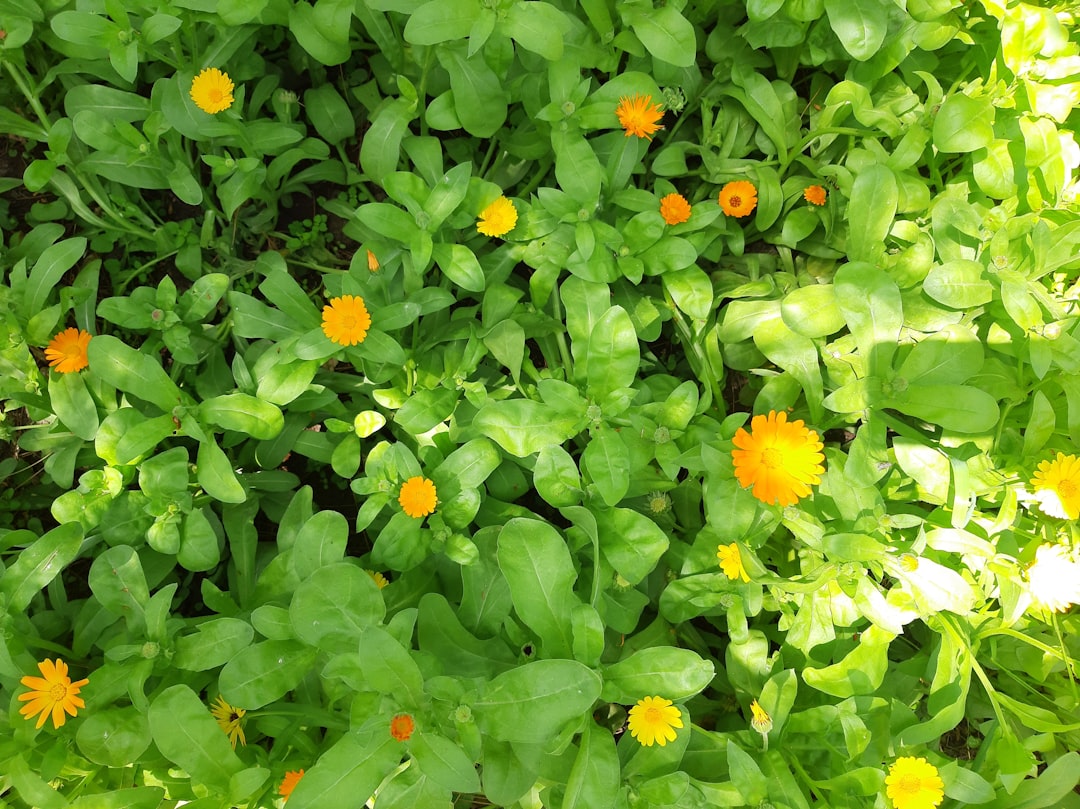Unveiling the Secrets of Thriving Houseplants: A Two - Month Journey

Embarking on the journey of becoming a first - time plant parent is like stepping into a whole new world filled with greenery, challenges, and rewards. In the past two months, I've experienced a rollercoaster of wins and mistakes while learning the ins and outs of caring for houseplants. Here, I'll share some expert - backed tips on watering, soil, and picking the right houseplants to help you on your own plant - parenting adventure.
Let's start with the crucial aspect of watering. One of the most common mistakes new plant parents make is over - watering. I learned this the hard way when my once - vibrant pothos started to show signs of distress. Its leaves were turning yellow and mushy, a clear indication of too much water. Experts recommend checking the soil moisture before reaching for the watering can. A simple way to do this is by sticking your finger about an inch into the soil. If it feels dry, it's time to water; if it's still moist, hold off. Different plants have different water requirements. For instance, succulents and cacti are drought - tolerant and need less frequent watering compared to ferns, which thrive in a more humid environment and require more consistent moisture.
Another key factor in plant health is the soil. The right soil provides essential nutrients and proper drainage. When I first brought my plants home, I used regular garden soil, thinking it would be sufficient. However, I soon realized that garden soil can be too heavy and may not drain well, leading to root rot. Instead, opt for a high - quality potting mix designed specifically for houseplants. These mixes are usually lightweight, well - aerated, and contain the necessary nutrients. Some plants, like orchids, require a specialized orchid mix that provides excellent drainage and air circulation around the roots.
Now, let's talk about picking the right houseplants. As a beginner, it's essential to choose plants that are relatively easy to care for. Spider plants are a great choice. They are resilient, can tolerate a wide range of light conditions, and are known for their air - purifying properties. Peace lilies are another popular option. They have beautiful white flowers and can thrive in low - light areas. When selecting a plant, consider the amount of light available in your home. Most houseplants need bright, indirect light, but there are also some that can tolerate low light, such as snake plants and ZZ plants.
During my two - month journey, I also discovered the importance of plant placement. Placing a plant near a drafty window or in direct sunlight for extended periods can cause damage. For example, my aloe vera plant started to turn brown when it was exposed to too much direct sunlight. It's best to find a spot where the plant can receive the right amount of light and is protected from extreme temperature changes and drafts.
Pruning is another aspect of plant care that I learned about. Regular pruning helps to keep the plant healthy and looking its best. It can remove dead or damaged leaves, encourage new growth, and maintain the plant's shape. When pruning, use clean, sharp tools to avoid spreading diseases. For example, when pruning my fiddle - leaf fig, I made sure to cut at a 45 - degree angle just above a leaf node.
Fertilizing is also crucial for plant growth. However, it's important not to over - fertilize. I made the mistake of using too much fertilizer on my philodendron, and it started to show signs of fertilizer burn, with brown tips on its leaves. Experts recommend fertilizing houseplants during the growing season (usually spring and summer) and following the instructions on the fertilizer package.
In conclusion, caring for houseplants is a rewarding experience that requires patience, knowledge, and a bit of trial and error. By following these expert - backed tips on watering, soil, picking the right plants, placement, pruning, and fertilizing, you can ensure that your houseplants thrive and bring a touch of nature into your home. So, don't be afraid to start your own plant - parenting journey and enjoy the beauty and benefits that houseplants have to offer.